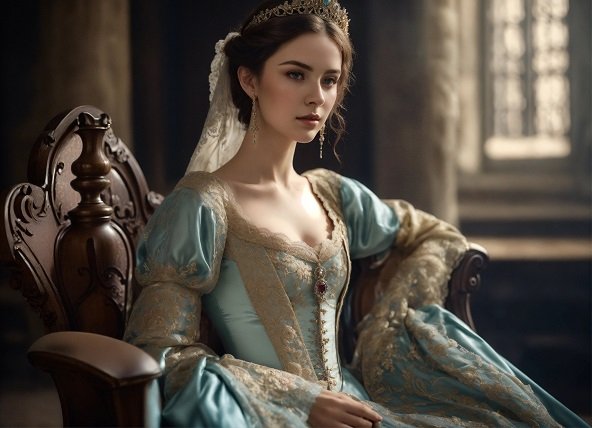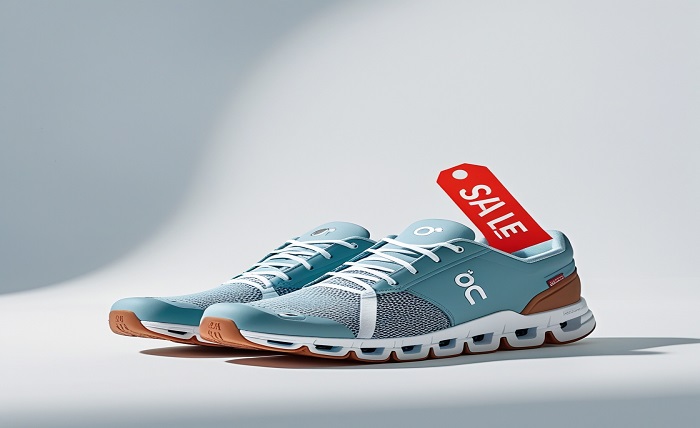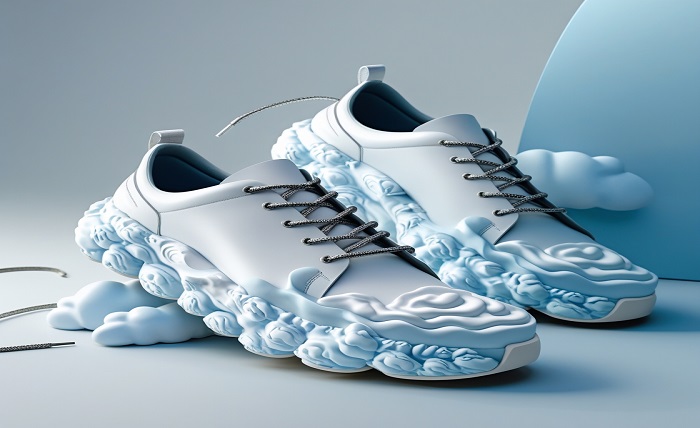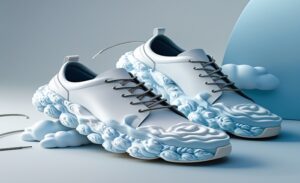Table of Contents
ToggleIntroduction
The 14th through the 17th centuries saw the Renaissance, a period of profound cultural and creative change. It signaled the change from the Middle Ages to the Modern Era. The attire of this era is among its most intriguing features. We’ll delve into the complex world of Renaissance fashion in this blog post, covering everything from luxurious textiles to ornate accessories.
The Dawn of Splendor: Early Renaissance Clothing
The early Renaissance marked a shift from the flowing garments of the medieval period to more structured and fitted attire. Men’s fashion featured doublets, hose, and hats, while women’s clothing consisted of long gowns with fitted bodices and full skirts. The use of luxurious fabrics like silk, velvet, and brocade, adorned with intricate embroidery and jewels, became increasingly popular among the nobility.
The Art of Adornment: Accessories in Renaissance Fashion
Accessories were important parts of Renaissance clothing, giving ensembles levels of detail and significance. Jewelry served as a means of both personal expression and material display. Family crests or pictures were frequently featured on rings, necklaces, and brooches. Pearls were particularly valuable because they represented wealth and purity. Men’s swords and daggers were practical instruments as well as status symbols, frequently adorned with elaborate designs.
Tailoring Techniques and Innovations Renaissance Fashion
Tailoring skills saw considerable breakthroughs during the Renaissance. Tailors had to acquire new skills when the padded silhouette for men and the structured bodice for women were introduced. With advancements in cutting and stitching techniques, clothing became more form-fitting and highlighted the human shape. Around this time, fashion also began to become recognized as a profession, with dressmakers and tailors becoming more in demand.
Cultural Exchange Through Fashion
The Renaissance did not exist in a vacuum; other cultures both affected and were influenced by Renaissance fashion. The exchange of textiles, patterns, and trends grew together with the expansion of commercial channels. European fashion gained an exotic touch with the incorporation of Eastern themes and the use of foreign textiles like damask and muslin. Renaissance clothing was enhanced by this intercultural interchange with a variety of hues, designs, and materials.
The Social Fabric: Fashion and Society
During the Renaissance, social and political life were closely linked to fashion. It was employed to make political statements as well as to uphold social hierarchies and exercise power. Sumptuary regulations demonstrated the significance of clothes in social structure by dictating what people could and could not wear according to their social status. These laws also spurred issues that are still pertinent today on individual liberties and rights.
Conclusion
The spirit of invention and adventure during the Renaissance was reflected in the clothing of the time. At that time, apparel served as a medium for artistic expression in addition to its utilitarian functions. The enduring legacy of Renaissance dress serves as a reminder of a bygone era in which each stitch and ornament conveyed a message of beauty, power, and distinction.
FAQ
What materials were commonly used in Renaissance clothing?
Common materials included silk, velvet, brocade, and fine wool, frequently embellished with pearls, precious stones, and threads of gold and silver.
How did Renaissance fashion differ between social classes?
The lower classes wore simpler, more functional attire, while the nobles wore more ornate, expensive robes fashioned of finer fabrics.
Did Renaissance fashion have any practical purposes?
Warmth and protection were undoubtedly supplied by clothing, but it also served to indicate social standing and abide by sumptuary rules that governed what members of various classes could and may not wear.
Can I find Renaissance-inspired clothing today?
Of course! Numerous fashion designers integrate Renaissance-inspired aspects into their creations, and specialty stores offer clothing with historical inspiration.








